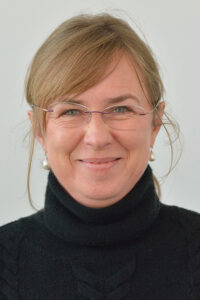
A project “Osor beyond the myth”, in cooperation with Martina Blečić Kavur, University of Primorska, Slovenia, has taken on the task of creating a state-of-the-art study of a small ancient city employing a variety of disciplines from archaeology, geology and anthropology. The project is funded by the Austrian Science Fund (FWF) and Slovenian Research Agency. Over the three years (2023-2026), more than 20 researchers from Slovenia, Croatia, the USA and Austria will focus primarily on the question of how Osor determined the Adriatic shipping routes in the Iron Age and Roman times. Project results and news can be found on the project website.
The driving factor in the project is a demand for a combined approach that can actually do justice to the cultural, landscape and marine aspects of the site across the border between the land and the sea.
Archaeology is characterised by the fact that it uses science, engineering and innovation to increase our understanding of societies, civilisations and their development. Traditionally, the study of archaeology has revolved around artefacts and settlement remains in the landscape, which were arranged in typological tables based on evolutionary presumptions or observed through stratigraphy. In recent decades, these preoccupations became less important and absolute dating created the skeletons of past cultures. Interconnectedness and long-distance trade between communities became the focus of research and previously spatially limited cultural phenomena (in the cultural-geographic sense of the word) became intercultural actor’s embedder into networks of flow and exchange of tangible goods, knowledge concepts and religious practices. Observing the archaeological record of island communities, we have to document the changes and continuation of local identities and economic practices of past communities as reflected in their material culture, manipulation with material culture and the deceased, land-use and settlement organisation. This way, models can be created, which allow for a comparison with neighbouring regions – islands in the Mediterranean.
 Nives Doneus
Nives Doneus
